The Governorate of Dhofar
The Governorate of Dhofar
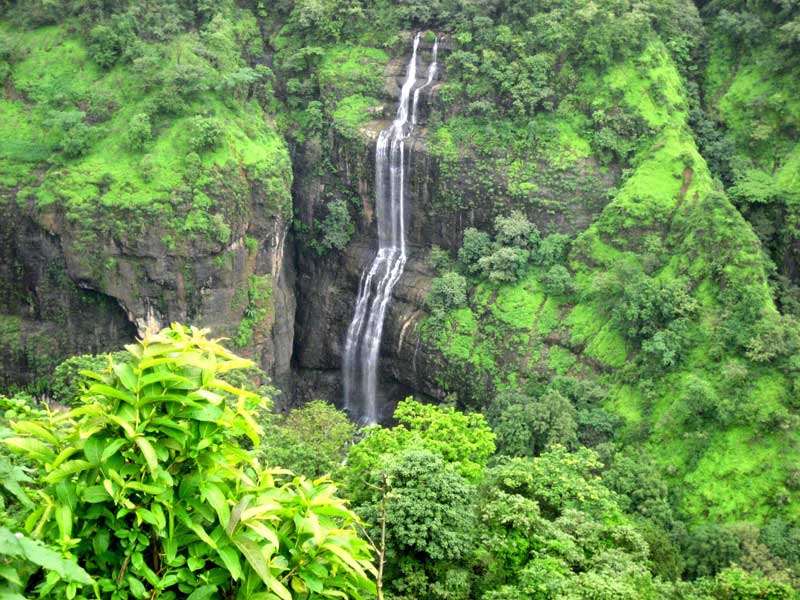
Although Dhofar lies 1000km from the Capital city of Muscat , Planning a trip is easy with daily flights between Muscat & Salalah and direct connection between other Gulf countries. Those with some spare time may also opt to drive the coastal road to Salalah, traversing through Al Wusta and seeing some of Oman’s most remote yet breath-taking beaches.
Oman’s southernmost region is host to many unique attractions including Prophet Ayoub’s Grave nestled deep in the mountains, the blowholes of Mughsayl and the Land of Frankincense – a UNESCO World Heritage Site. Deep sea diving and snorkeling off the coast of the Hallaniyat Islands are just some of the more adventurous activities available through local tour operators.
In the summer months, when most of the Arabian Peninsula experiences soaring temperatures, Dhofar ushers in the monsoon season, bringing with it lush greenery, cooling rains and pleasant temperatures. Locally known as Khareef, this special season starts from late June to early September and coincides with the Salalah Tourism Festival, which is held every year.
Main Cities of Dhofar Governorate:
• AL-MAZYONA • DHALKUT • MIRBAT • MUQSHIN • RAKHYUT • SADAH
• SALALAH • SHALIM • HALLANIYAT ISLANDS • TAQAH • THUMRAIT
DHOFAR - SITESEEING
Khareef

There can be no better place to escape the heat of the Arabian sands in the summer than the wilayat of Salalah. Graced by monsoonal showers over a period of four months, the Khareef Season brings to life the Sultanate’s rich biodiversity, fresh water springs and waterfalls shrouded by lush greenery and white mist that rolls off gently from mountains and plains alike. Temperatures drop down to below 25˚C, making Dhofar the perfect hill station stop after exploring Muscat.
Season: June – September
Location: Salalah, Dhofar
Tips: Don’t miss out on the legendary Khareef Festival that takes place in Salalah annually, from mid-July to the end of August. From traditional folk music, dances, cultural events, poetry, art shows, and local Omani cuisine, the festival is truly an affair to remember.
Al Mughsail Beach
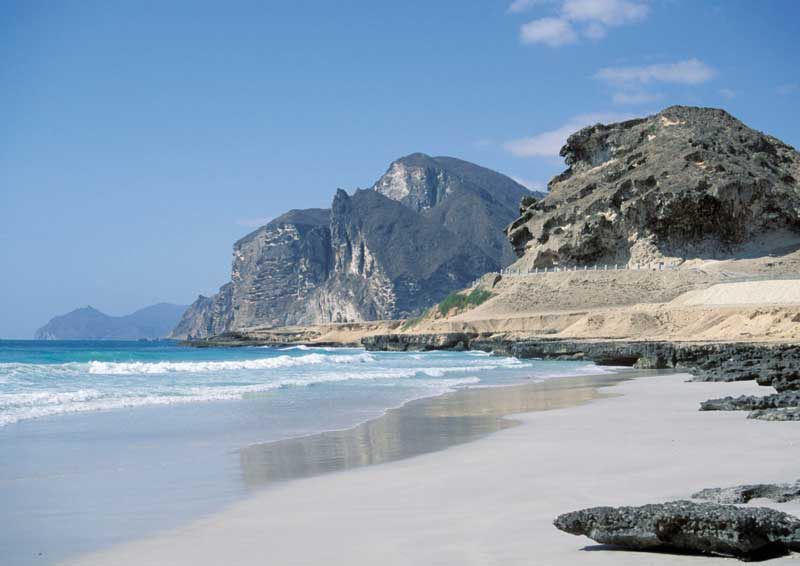
What can arguably be called the most famous attraction of the Governorate of Dhofar are the ‘blow holes’ that dot the entire coastline of Mughsail, lying to the west of Salalah. Accessible only by dirt tracks that lead to secluded beaches with spectacular vistas, the Al Mughsail Beach is thoroughfare that extends for six uninterrupted kilometers. Small holes in the rocks just above the sea allow a forceful fountain of seawater to burst into the air during times when the sea is slightly turbulent.
Timings: 24/7
Location: 30km from Salalah, off the road to Ghadu
Tips: Make sure that you are travelling with an experienced off-road driver when venturing through the dirt tracks that lead onto secluded beaches. If you are unsure, you can always reward yourself with magnificent views of the waves thrashing against the shoreline during the high tides of the Khareef.
Al Baleed

Sitting right on the edge of the Arabian
Sea, to the east of the Al Husn Palace, the UNESCO World Heritage Site of Al Baleed has a history that goesback to pre-Islamic times when there were large Iron Age settlements in the same location. Now as a combination of an open air archaeological site and The Museum of the Frankincense Land, the Al Baleed Archaeological Park and Museum tells stories about the city of Baleed which was founded in the 11th century AD, and rapidly became a center of business for the trading of frankincense. Visitors can explore the remains of the city’s wall and gates, a citadel, and a grand mosque.
Timings: Sunday – Thursday, 08:00AM – 02:00PM/04:00PM – 08:00PM | Friday – Saturday, 04:00PM – 08:00PM
Location: Next to the Crowne Plaza Resort, Salalah
Tips: If you aren’t up for visiting the grand remains of Al Baleed’s grand mosque, citadel, and the city walls and gates, you can enjoy the picturesque setting of the nature reserve by indulging in some bird watching or taking a boat trip. The best time to visit is in the late afternoon but visitors should stay until sunset to enjoy the site in natural and artificial light. Opening hours are from 8 a.m. until 1 p.m. and between 4 p.m. and 9 p.m.
Khor Rori and Sumhuram
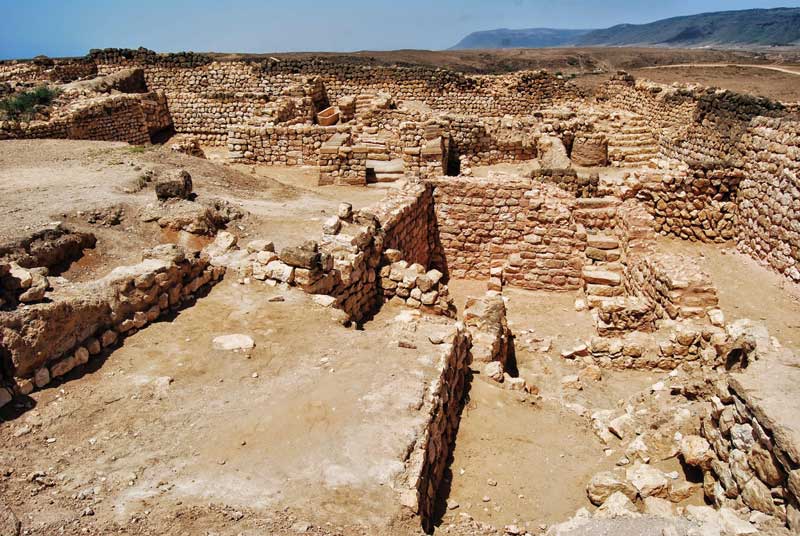
As the site of the palace of the Queen of Sheba, Khor Rori stands today in ruins, saying little of itself as one of the main export centers of the local Dhofari frankincense and Arabian horses to the principal civilizations of the world. Also being the location of the ancient city of Sumhuram, the area was abandoned when sand silted up the entrance to the port. Sumhuram is also known as Moshka Port that was prescribed in two Greek scrolls dating back to the era between the first and second centuries AD. Archeological excavations have unearthed an old temple, coins and historical artifacts.
Timings: Daily, 08:00AM – 06:00PM
Location: Past the town of Taqah, Dhofar
Tips: For the nature lover, Khor Rori is also a fantastic site that plays sanctuary to a number of migratory birds, particularly flamingos in the winter.
The Lost City of Awbar
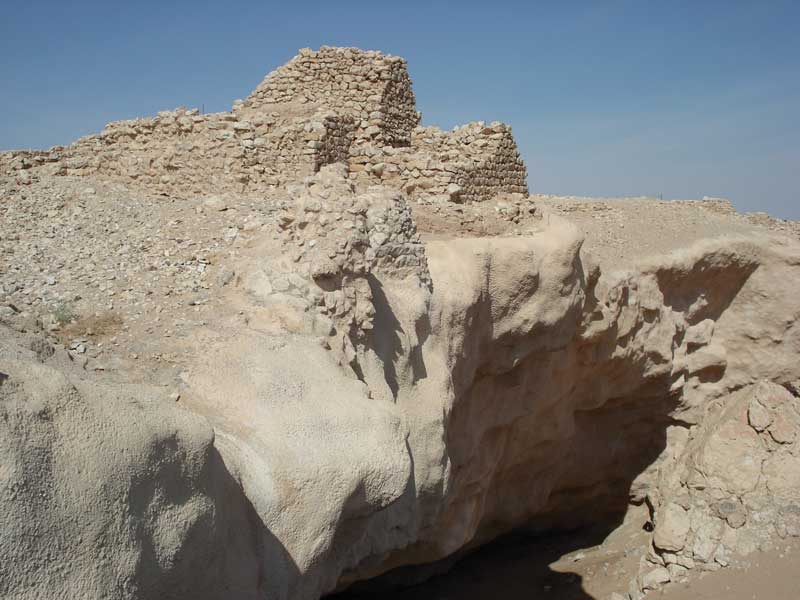
Mentioned in the Holy Quran, the lost city of Awbar (also known as The Atlantis of the Sands) was long thought of as a legend about a magnificent kingdom, rich beyond imagination, with streets paved of gold and treasures abound. Seemingly destined to be remain lost, buried in the sands of the Empty Quarter of Oman, it was in the early 1990s that the NASA Space Agency used satellite imagery to uncover irrefutable evidence that the city of Awbar had indeed existed. Situated in the village of Shisr, Awbar was once the frankincense capital of the world, and is now a UNESCO World Heritage Site.
Timings: Daily, mornings only
Location: Shisr, off Thumrayt
Tips: There are no petrol stations beyond Thumrayt. Fill your tank and make sure to carry lots of water to remain hydrated before venturing off into the desert leading to Shisr. There is a small shop in Shisr for basic supplies.
An ’Nabi Ayyub
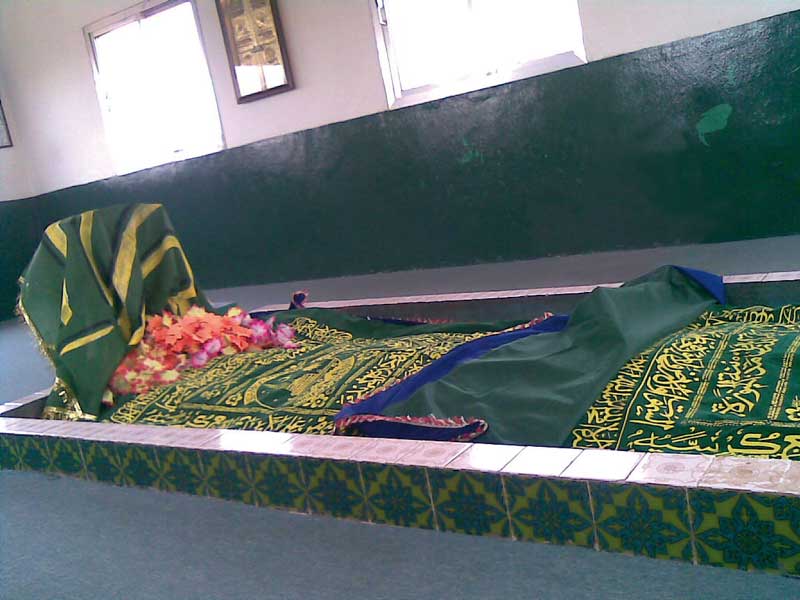
Set in a magnificent location that rises high into the mountains, overlooking the stunning seas and coastal plains of Salalah, is the tomb of Prophet Job (known as An ‘Nabi Ayyub), with religious significance for Muslims and Christians alike. The drive from Salalah is full of interest as it passes by natural water springs of Ain Jarziz, and the isolated hilltop is particularly beautiful just after the Khareef mists have lifted, rendering a remarkable view of the Salalah plains.
Timings: 24/7
Location: 30km from Salalah, off the road to Ghadu
Tips: It is considered disrespectful to photograph tombs and other places of religious significance without prior permission first. Keep in mind that if you are visiting with children, they will not be allowed inside. Wear full, modest clothing. Women should cover their heads with a scarf.
Mirbat
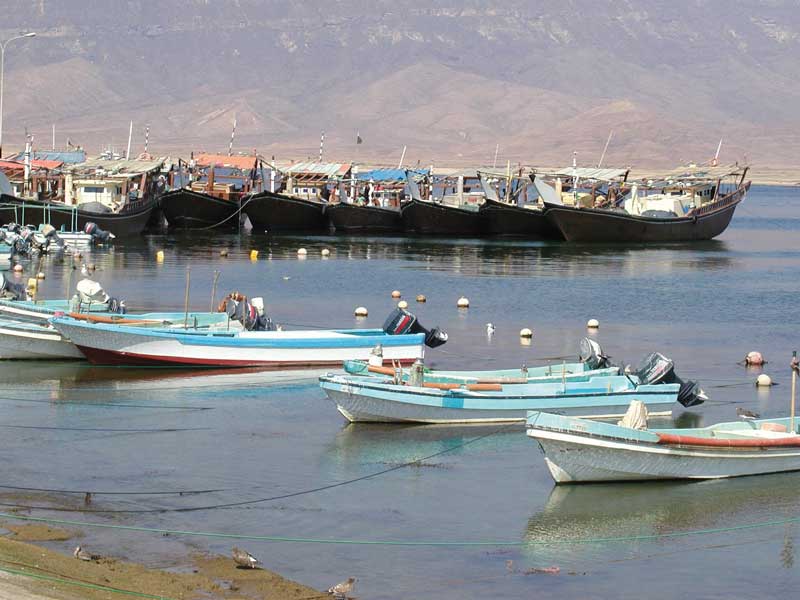
Located between the ridges of Jebel Samhan and the Arabian Sea, Mirbat is a charming town with a dramatic coastline that is heralded by the white domed Bin Ali Tomb, nestled in the hills of Dhofar. Running parallel to the little city, the shore ends at a picturesque fishing port, which earlier traded in frankincense and Arabian horses. Overlooking the harbour entrance is the Mirbat Fort, which is an early 19th century fortification and has considerable historic significance as the site of the fighting in the Battle of Mirbat during the 1970s. Walking through the streets of Mirbat unearths some interesting artifacts and old merchant houses.
Timings: Daily, morning to evening
Location: Mirbat, Dhofar
Wadi Darbat
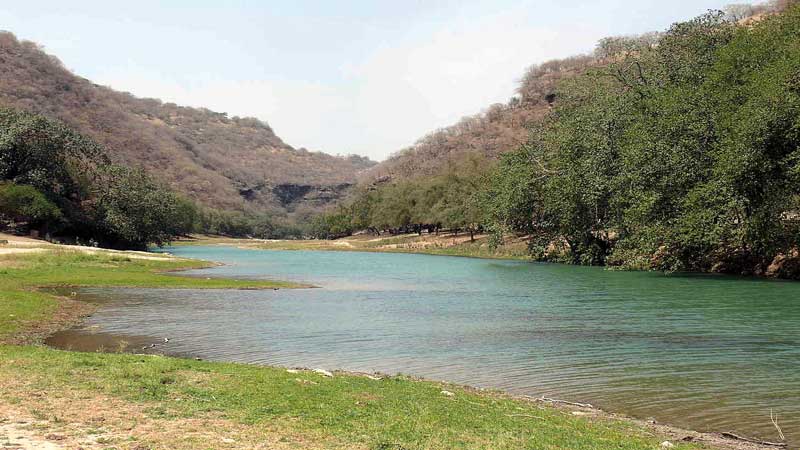
Come autumn, and the most unexpected sites of Dhofar, the Wadi Darbat, springs to life with magnificent waterfalls that thunder down to the ground from impressive heights of up to 30 meters. Carving its way through highlands and hills till it reaches Khor Rori, Wadi Darbat is just the place to visit to witness its transformation into a lush oasis in the winter months, with breathtaking views over wide areas of the coast. A short drive beyond Wadi Darbat lies TawiAtayr, one of the largest known sinkholes in the world measuring 150 meters in diameter, and 211 meters in depth.
Timings: 24/7
Location: Off the roundabout at Taqah
Ain Jarziz & Ain Razat
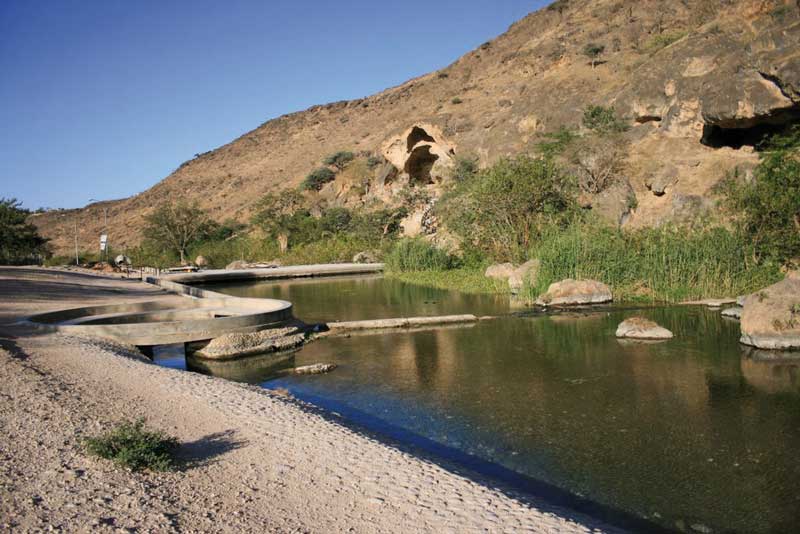
The southern side of the gorgeous Dhofari Mountains is blessed with many natural springs. While some are sporadic in nature, others are continuous, such as Ain Razat, which has a number of pools, lush gardens, and small caves to explore. Located at the bottom of the mountain trail that leads on to An ‘Nabi Ayyub, is the Ain Jarziz. Full of natural flora and scenic photography opportunities, the spring is a great place for family picnics and outings. Both these springs are best enjoyed during the Khareef season, when the water fall is abundant.
Timings: Daily, mornings to evenings
Location: To the North and East of the Salalah City Centre
Tips: The Razat Gardens at Ain Razat open on Friday only.



